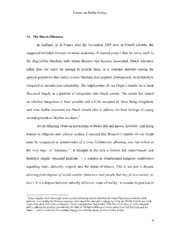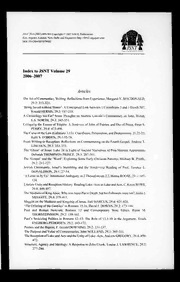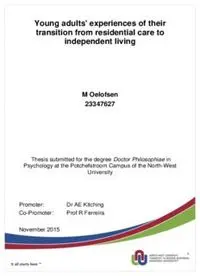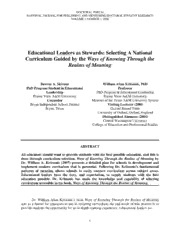
Outlaws in Medieval and Early Modern England PDF
197 Pages·2009·3.061 MB·English
Most books are stored in the elastic cloud where traffic is expensive. For this reason, we have a limit on daily download.
Preview Outlaws in Medieval and Early Modern England
Description:
With some notable exceptions, the subject of outlawry in medieval and early-modern English history has attracted relatively little scholarly attention. This volume helps to address this significant gap in scholarship, and encourage further study of the subject, by presenting a series of new studies, based on original research, that address significant features of outlawry and criminality over an extensive period of time. The volume casts important light on, and raises provocative questions about, the definition, ambiguity, variety, causes, function, adaptability, impact and representation of outlawry during this period. It also helps to illuminate social and governmental attitudes and responses to outlawry and criminality, which involved the interests of both church and state. From different perspectives, the contributions to the volume address the complex relationships between outlaws, the societies in which they lived, the law and secular and ecclesiastical authorities, and, in doing so, reveal much about the strengths and limitations of the developing state in England. In terms of its breadth and the compelling interest of its subject matter, the volume will appeal to a wide audience of social, legal, political and cultural historians.
See more
The list of books you might like

Shatter Me Complete Collection (Shatter Me; Destroy Me; Unravel Me; Fracture Me; Ignite Me)
Mafi Tahereh
·997 Pages
·2014
·5.04 MB

The 48 Laws of Power
Robert Greene
·1998
·2.84 MB

Corrupt (Devil's Night #1)
Penelope Douglas
·518 Pages
·2015
·0.74 MB

The Silent Patient
Alex Michaelides
·0.52 MB
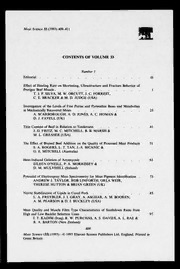
Meat Science 1993: Vol 33 Table of Contents
4 Pages
·1993
·0.63 MB
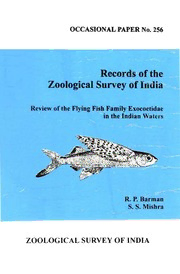
Review of the flying fish family exocoetidae in the Indian waters
Barman, R. P
·2006
·1.1 MB
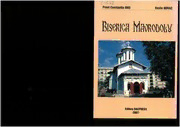
Biserica Mavrodolu din Pitești
V. Novac
·2006
·22 MB

Bantam
Kay, Jackie
·2017
·3.082 MB

Vehicle Routing under Consideration of Driving and Working Hours: A Distributed Decision Making Perspective
Christoph Manuel Meyer
·168 Pages
·2011
·1.116 MB
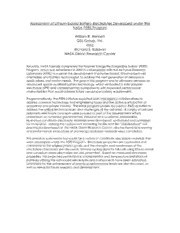
NASA Technical Reports Server (NTRS) 20070017326: Assessment of Lithium-based Battery Electrolytes Developed under the NASA PERS Program
NASA Technical Reports Server (NTRS)
·0.28 MB
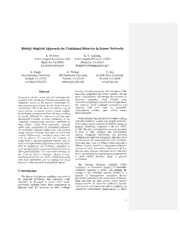
NASA Technical Reports Server (NTRS) 20080013539: Biology Inspired Approach for Communal Behavior in Sensor Networks
NASA Technical Reports Server (NTRS)
·0.18 MB

Formulation and Optimization of Mucoadhesive Nanodrug Delivery System of Acyclovir.
Bhosale, UV
·2011
·1.2 MB
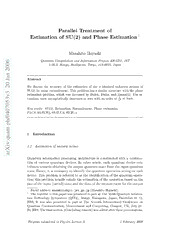
Parallel Treatment of Estimation of SU(2) and Phase Estimation
Masahito Hayashi
·0.17 MB

FS orario 2006 1
Ferrovie Italiane
·2006
·293.8 MB

CALAIS Theo
Théo Calais
·287 Pages
·2017
·13.27 MB

Oracle Primavera P6 Version 8: Project and Portfolio Management
Неизв.
·25.735 MB
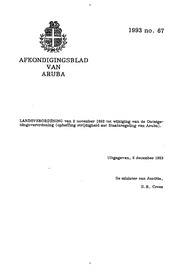
Afkondigingsblad van Aruba 1993 no. 67
DWJZ - Directie Wetgeving en Juridische Zaken
·4 Pages
·1993
·0.07 MB
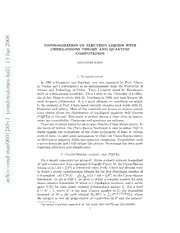
Topologization of electron liquids with Chern-Simons theory and quantum computation
Zhenghan Wang
·0.16 MB

The Letters of Vincent van Gogh
van Gogh
·1986
·6.77 MB

Resonant control of spin dynamics in ultracold quantum gases by microwave dressing
Fabrice Gerbier
·0.27 MB
Most books are stored in the elastic cloud where traffic is expensive. For this reason, we have a limit on daily download.
